Can God Dwell With Man?
Inside of a sukkah built for Sukkot
Our family moved to Jerusalem in the fall of 1980 – just in time to experience the High Holidays (Rosh Hashanah and Yom Kippur), closely followed by Sukkot (the Feast of Booths). We were intrigued to see shelters of various materials being built on balconies or in back yards all around our neighborhood.
October 2-9 of 2020 Jewish people around the globe are again celebrating Sukkot (Sukkos to our Ashkenazi friends). Right after breaking the 25-hour fast of Yom Kippur (Day of Atonement), observant Jewish families get busy building their sukkah. This is to fulfill God’s commandment given to Israel in Leviticus 23:33-43. The concluding verses read:
42 ”You shall live in booths for seven days; all the native-born in Israel shall live in booths, 43 so that your generations may know that I had the sons of Israel live in booths when I brought them out from the land of Egypt. I am the Lord your God’” (NASB).
Translated “booth” or “tabernacle,” a sukkah is a rudimentary four-walled shelter topped with leafy branches.[i] It is temporary; a new sukkah must be constructed each year.
Dwelling in “tabernacles” is a bit like camping out. Observant families enjoy meals in the sukkah. Many sleep in them, though some rabbis exempt congregants from this duty if their lives will be endangered. Similar to Passover in the spring, this joyful autumn festival is a reminder of Israel’s experience following the exodus from Egyptian bondage.
At Mount Sinai, God gave the newly-freed Hebrews His Torah. Included in the instruction manual were the blueprints for the Tabernacle,[ii] which has the root meaning “dwelling place.” “That I may dwell with them” was indeed God’s stated purpose.[iii]
God’s presence with the Jewish people first was evidenced in the pillar of cloud/fire as they set out from Sukkot[iv] (yes, same word as the holiday). This “glory cloud”[v] took up residence in the Tabernacle.[vi] Only those from the Tribe of Levi could participate in serving in (or moving) the mishkan (Tabernacle) – under penalty of death.[vii]
Generations later God’s cloud-presence entered Solomon’s Temple when it was dedicated.[viii] Ezekiel describes the cloud filling the inner court with “the glory of the LORD.”[ix] He also records the departure of God’s glory in stages: from the Temple’s threshold,[x] to the midst of Jerusalem and eastward to the Mount of Olives[xi] (and then, one may presume, heavenward).
Would God deign to dwell with mankind again? John’s Gospel includes in the opening paragraphs this wonderful truth. “And the Word became flesh, and dwelt among us, and we saw His glory, glory as of the only begotten from the Father, full of grace and truth.”[xii]
Modern day sukkah built by one of our staff members in North Carolina
I find it fascinating that just as the Shekinah departed from Jerusalem’s eastern mountain in Ezekiel’s day, so Jesus ascended from the Mount of Olives 40 days after His resurrection.[xiii] And angelic messengers promised His astonished disciples that one day He would return in like manner[xiv] (i.e., visibly, to the Mount of Olives).
And that gets us to the best part of the story. Here and now we may build temporary sukkahs to commemorate God’s faithfulness and provision in the past. But the day is coming when God will “tabernacle” among us permanently.
And I heard a loud voice from the throne, saying, “Behold, the tabernacle of God is among men, and He will dwell among them, and they shall be His people, and God Himself will be among them, and He will wipe away every tear from their eyes; and there will no longer be any death; there will no longer be any mourning, or crying, or pain; the first things have passed away.”[xv]
We wish a “Happy Sukkot” to all who are dwelling in temporary shelters this joyous holiday. And we long that all peoples will come to know the joy of the salvation that faith in Messiah Jesus brings. Then truly we may joyfully anticipate that day when God again dwells with mankind in the renewed Paradise He has promised.
Written by Wes Taber, LIFE Global Ambassador
What about you? Are you eagerly anticipating the day when Jesus will return to set the world right? When God will again dwell with His people?
If you don’t have assurance of a righteous standing before God, we urge you to investigate who Jesus[xvi] is and what He has done for you. In the words of the Apostle Paul, “Therefore, we are ambassadors for Christ, as though God were making an appeal through us; we beg you on behalf of Christ, be reconciled to God.”[xvii]
Footnotes:
[i] Five chapters of the Babylonian Talmud (Tractate Sukkah) are dedicated to detailed instructions of how to construct an acceptable sukkah. See https://www.sefaria.org/Sukkah.2a.1-14?lang=bi.
[ii] Exodus 25-27.
[iii] “Let them construct a sanctuary (Hebrew mikdash; holy place) for Me, that I may dwell (shakhanti) among them. According to all that I am going to show you, as the pattern of the tabernacle (mishkan) and the pattern of all its furniture, just so you shall construct it” (Exodus 25:8–9). The ensuing 2½ chapters provide the detailed instructions for the Tabernacle and its contents.
[iv] Exodus 13:21-22.
[v] Only in extra-biblical sources do we find the rabbinic word Shekinah associated with the cloud of God’s presence. Shekinah is from the same Hebrew root as mishkan.
[vi] Exodus 40:34; God “dwells” in His “dwelling place.”
[vii] Numbers 1:51-53.
[viii] I Kings 8:10-11; 2 Chronicles 7:1.
[ix] Ezekiel 10:3-4.
[x] Ezekiel 10:15-19.
[xi] Ezekiel 11:22-23.
[xii] John 1:14 most likely reflects the unveiled glory of Jesus which he, Peter, and James witnessed at His Transfiguration in Luke 9:28-36.
[xiii] Acts 1:3,9.
[xiv] Acts 1:10-11.
[xv] Revelation 21:3-4.
[xvi] https://insearchofshalom.com/drash-of-the-greatest-rabbi-english/.
[xvii] 2 Corinthians 5:20.


